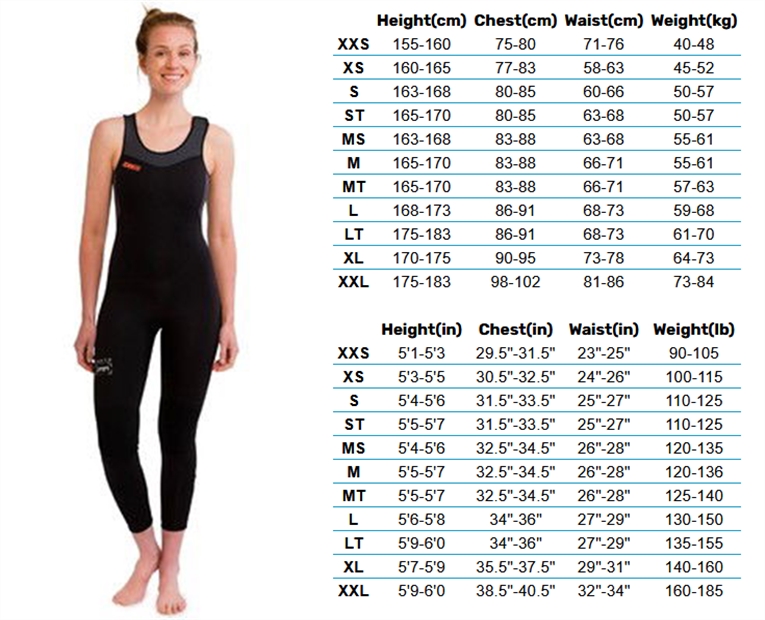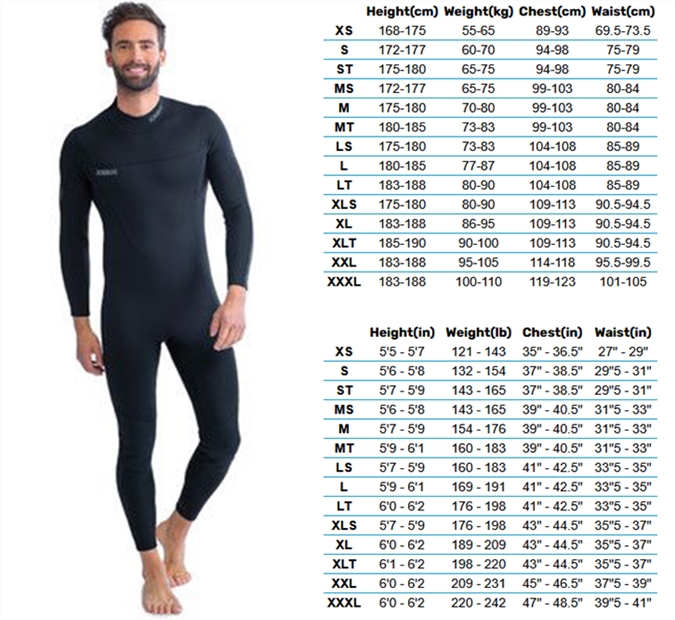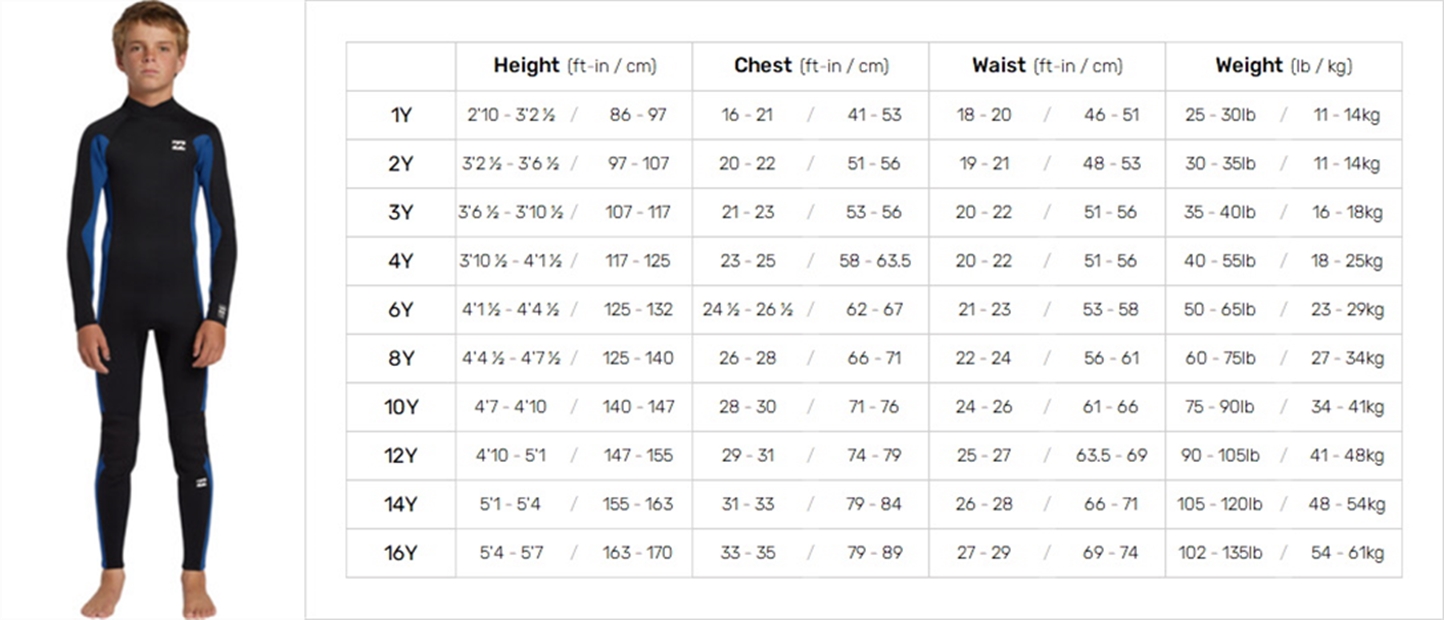Size guide
A wetsuit is one of the most important pieces of kit for any watersports enthusiast. Made of stretchy, insulating neoprene, wetsuits keep you warm thanks to bubbles in the neoprene that trap warm air, and thermal linings then amplify the insulation by creating more trapped air next to the skin.
However, that doesn't mean you won't want a lightweight wetsuit in the summer too. Even when it's warm outside, you can lose body heat quickly when you're in cool water, so it's important you're wearing something to keep your core warm. As well as keeping your body temperature up, the extra layer will help to protect you from scratches, bruises, wind-chill and harmful UV radiation. The air bubbles in the neoprene also give you a little extra buoyancy too!
So yeah, knowing how to choose a wetsuit that is right for you is kind of a big deal.
Deciding what features are right for your needs, and choosing between so many incredible options can be tricky, especially if you're buying your first suit. Luckily, matching people up with the best wetsuit for them is our area of expertise, so we've put together this simple, step-by-step wetsuit guide with everything you'll need to know when making your decision.



What thickness wetsuit do I need?
Thicker neoprene is warmer, but it's also less stretchy. Wetsuits come in different combinations of thicknesses, measured in millimetres, and visible in the wetsuit's description as one, two or three numbers.
The first number listed, X, refers to the neoprene thickness around your core, where you need the most insulation. The next number(s), Y and Z, will refer to the thickness on your arms and legs, where you'll want more flexibility and won't need as much insulation, so you'll benefit from a thinner neoprene.

What you need will depend on where (and when!) you plan to use your wetsuit.
As a starting point, check the average water temperature at your favourite surf spot at the time of year you plan to get the most use out of your new suit, and choose the option in our wetsuit temperature guide that matches up best.
| 18-24°C | 12-18°C | 9-12°C | 6-9°C | 0-6°C |
1-2mm Shorty Wetsuit |
3/2mm Full Wetsuit |
4/3mm Full Wetsuit |
5/4 or 5/3mm Full Wetsuit |
6/5mm Full Wetsuit |
|
|
|
|
|
Once you've matched up the best option for the water temperature, choose whether any of the below considerations apply, in which case consider adding 1mm to the wetsuit thickness suggested:
- The weather: If it's particularly windy, you'll need a thicker suit to protect you from the windchill.
- Changing seasons: The water temperature is warmest at the beginning of autumn, but the air temperature will be dropping at this time too, so you'll find yourself feeling colder out of the water. At the beginning of Spring, even though the weather is getting warmer, water temperatures are at their coldest.
- Personal preference: If you know you usually get cold quicker than your friends, don't shy away from getting a thicker wetsuit.
